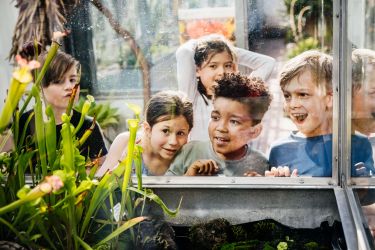
Swimming is our national pastime, but too many kids aren’t learning how
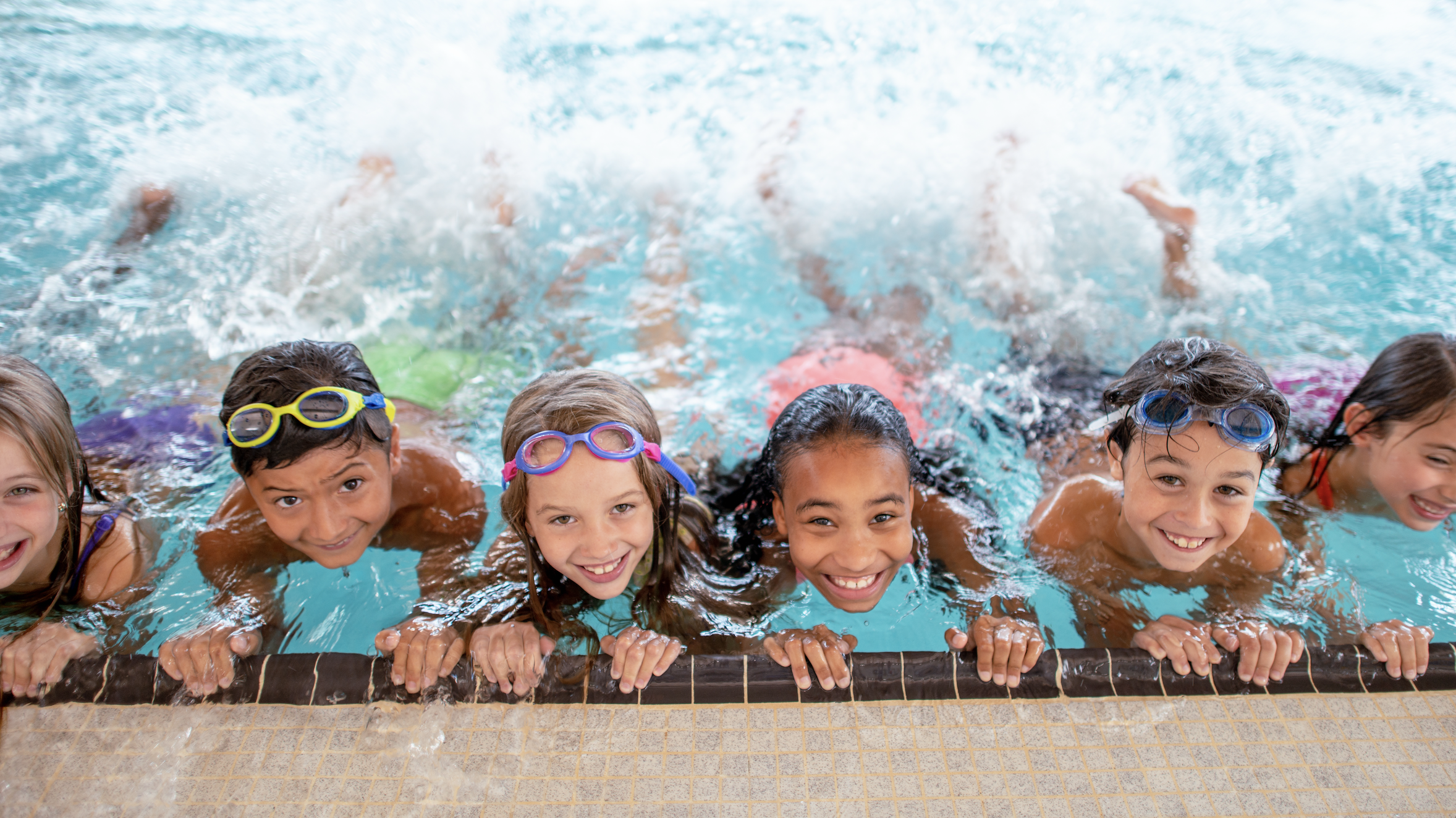
Some Australian schools are still not running a swimming program, with up to 40 per cent of children missing out on key skills
Published 24 January 2025
For a country with 34,000 kilometres of coastline, it may not come as a surprise that swimming is the most popular form of recreation and physical activity for Australian children aged 0 to 14 years old.
Apart from being a great form of exercise, providing opportunities to be outdoors and socialise, swimming is also Australia’s most successful Olympic sport.
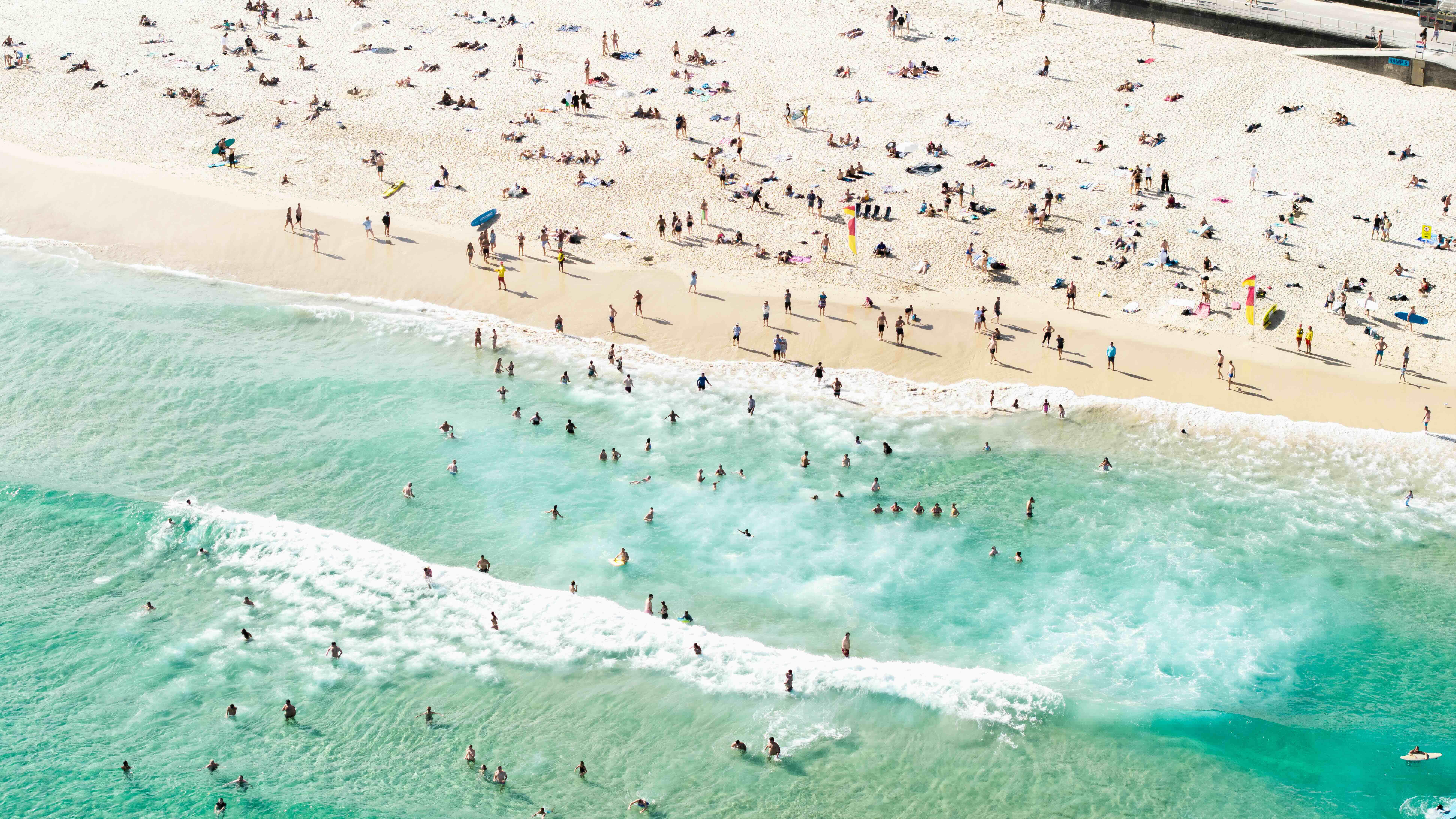
But getting into the water can only really be enjoyable when kids have the skills to enjoy it safely.
So, it’s concerning that the Royal Life Saving Society Australia 2022 symposium highlighted the number of children aged 8-10 dropping out of swim programs.
The Victorian Government has strengthened the place of swimming in the 2.0 Health and Physical Education Curriculum, which includes more explicit achievement standards and resource guides.
However, the implementation in schools is still varied and there is no national collection or tracking of data on the success or implementation of school-based swimming programs.
Most Australian states have expectations of hours and delivery of school-based swim programs but there is no system to account for students who may not have access, schools who may not be implementing widespread delivery, or not offering swim programs at all.
This is a concern with figures suggesting that 40 per cent of students do not reach the minimum national benchmarks upon starting secondary school.

The lack of consistency among school-based delivery programs and the collection of data for learn-to-swim evaluations means that key groups of students may still be hindered in meeting these benchmarks.
The intention is that every primary school runs a funded swimming program and every family takes it up. Without a consistent method of reporting or data collection, it is unclear if these objectives are being met.
The objectives of what young people should know and demonstrate in swimming and water safety are well-defined, but we now need to ensure consistency of swimming capacity at the individual school and student levels.
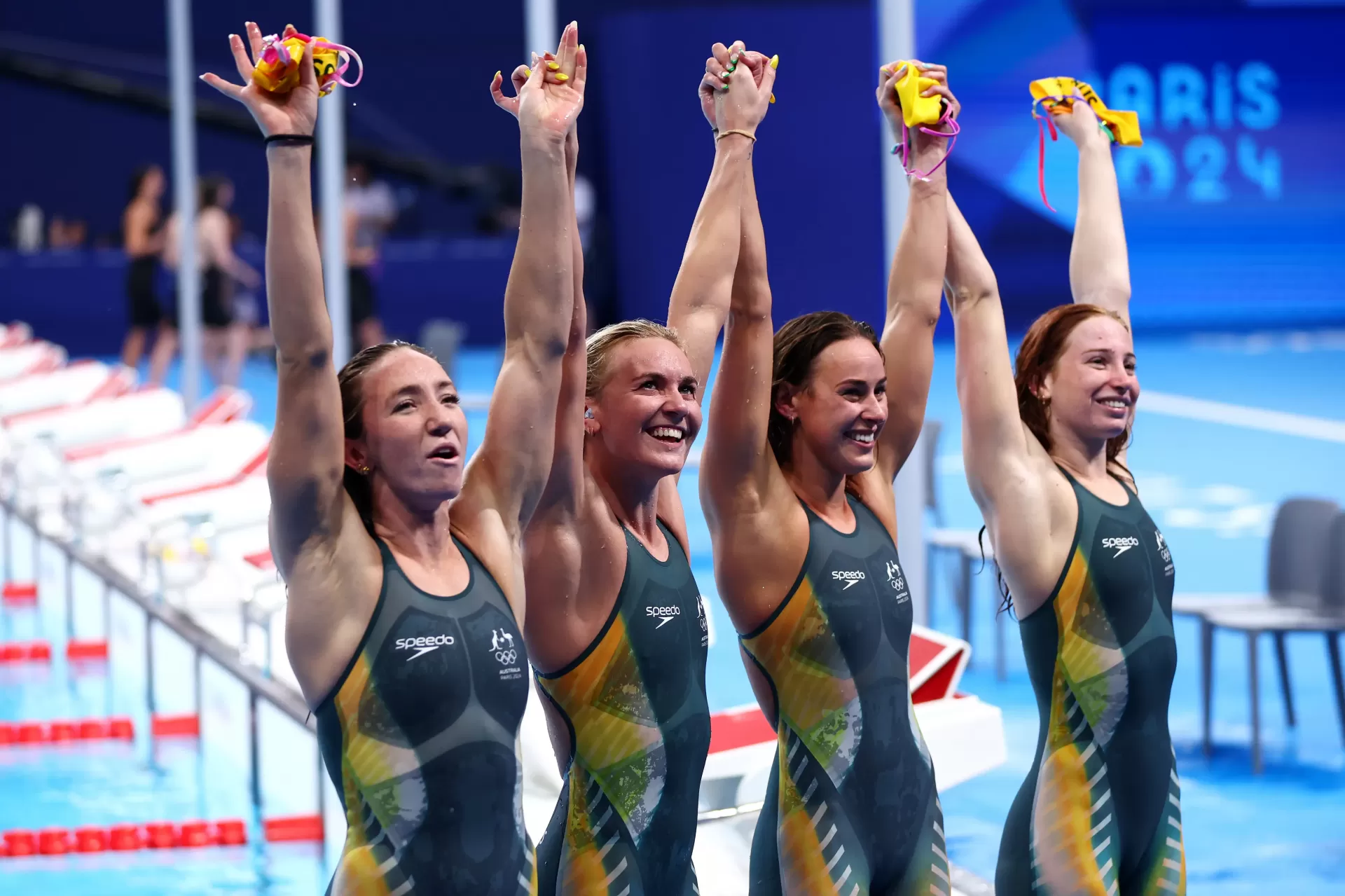
Which students are gaining practical experience?
Schools have the flexibility to implement the swimming and water safety curriculum in ways that best suit their context. However, this autonomy means that not every child may experience water-based activities, with some schools still not running a swimming program at all.
Victorian primary schools are provided with funding and have explicit expectations upon them to ensure students in Year Six have developed specific practical skills.
The Government’s Water Safety Education Policy stipulates that by the end of Year 6, students should have attained the minimum standard of the Victorian Water Safety Certificate, including the ability to swim 50 metres continuously.
However, it is difficult to determine which students are getting the practical experience necessary to achieve this in a school-based program.

Investment and funding in schools are widely seen as essential for reducing barriers to accessing swimming and water safety.
Policymakers acknowledge that school principals play a critical role as gatekeepers, ultimately determining how these resources are allocated.
The reality is that the curriculum for swimming and water safety competency is interpreted and implemented in vastly different ways.
In Australia, this can vary widely according to the state and whether they are within the government, Catholic or independent sector.
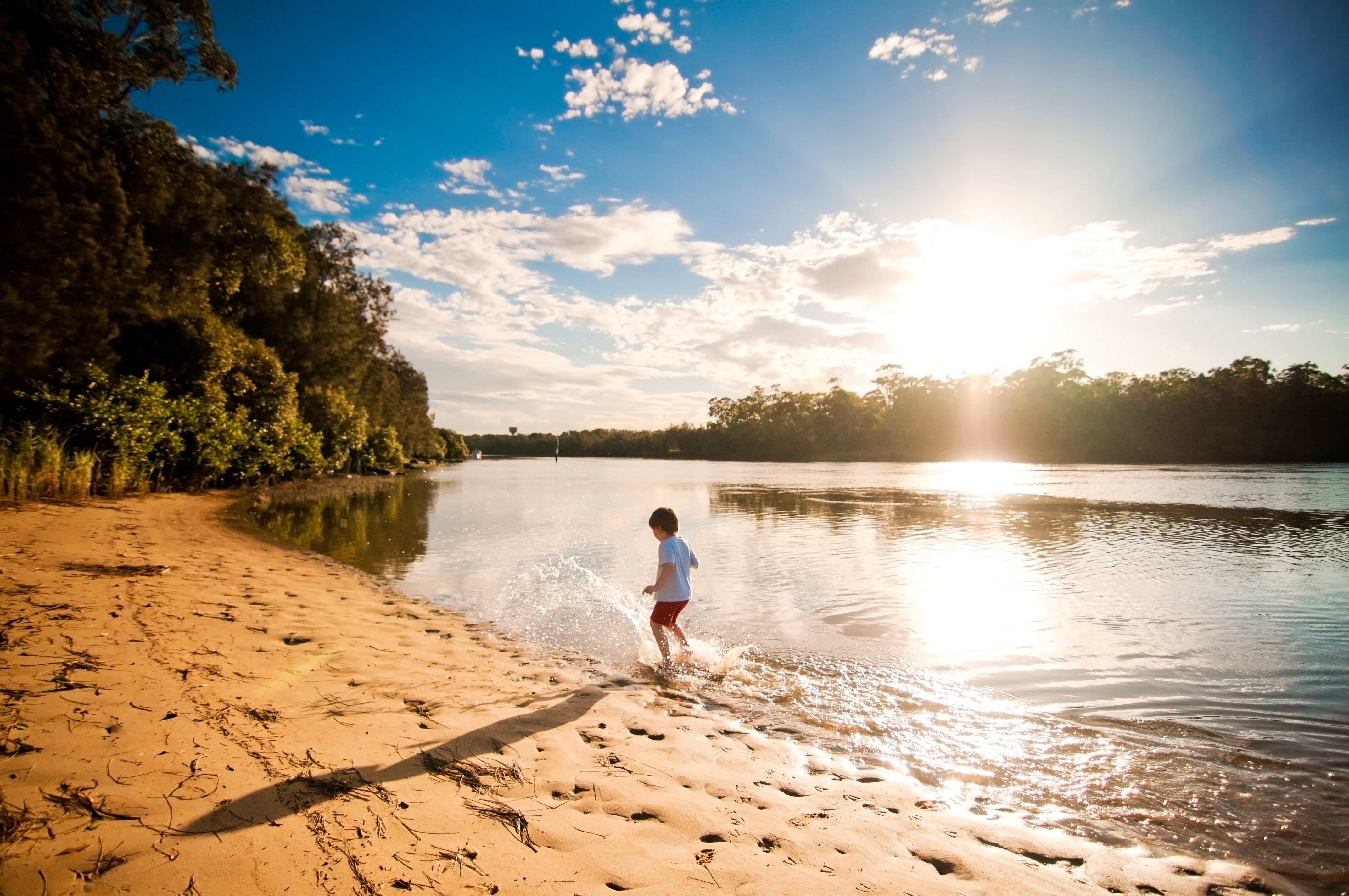
Access to practical lessons is not equal
The Swimming in Schools initiative provides funding for government and Catholic primary schools, an investment of $AUD 92 million over the next four years to help Victorian children learn to swim.
This funding will hopefully help schools overcome key barriers to providing swimming and water safety programs.
Some schools are lucky enough to have access to their own swimming pools and qualified teacher instructors, while others may use a local pool within walking distance.
The Victorian Department of Education provides funding to schools for swimming lessons but these costs will vary due to the school’s need for teacher replacement, extra support staff and proximity to the pool (walking, public transport or bus hire).
All of these factors create barriers for schools to overcome when considering a water-based swimming program.

Dry swimming lessons and water safety classes are far more cost-effective as they offer schools a way to deliver classroom-based instruction or a one-off excursion.
This may be at a location such as a beach with students learning about water safety without actually being in the water.
Ideally, schools should combine both classroom-based instruction and practical water activities. Both are vitally important.
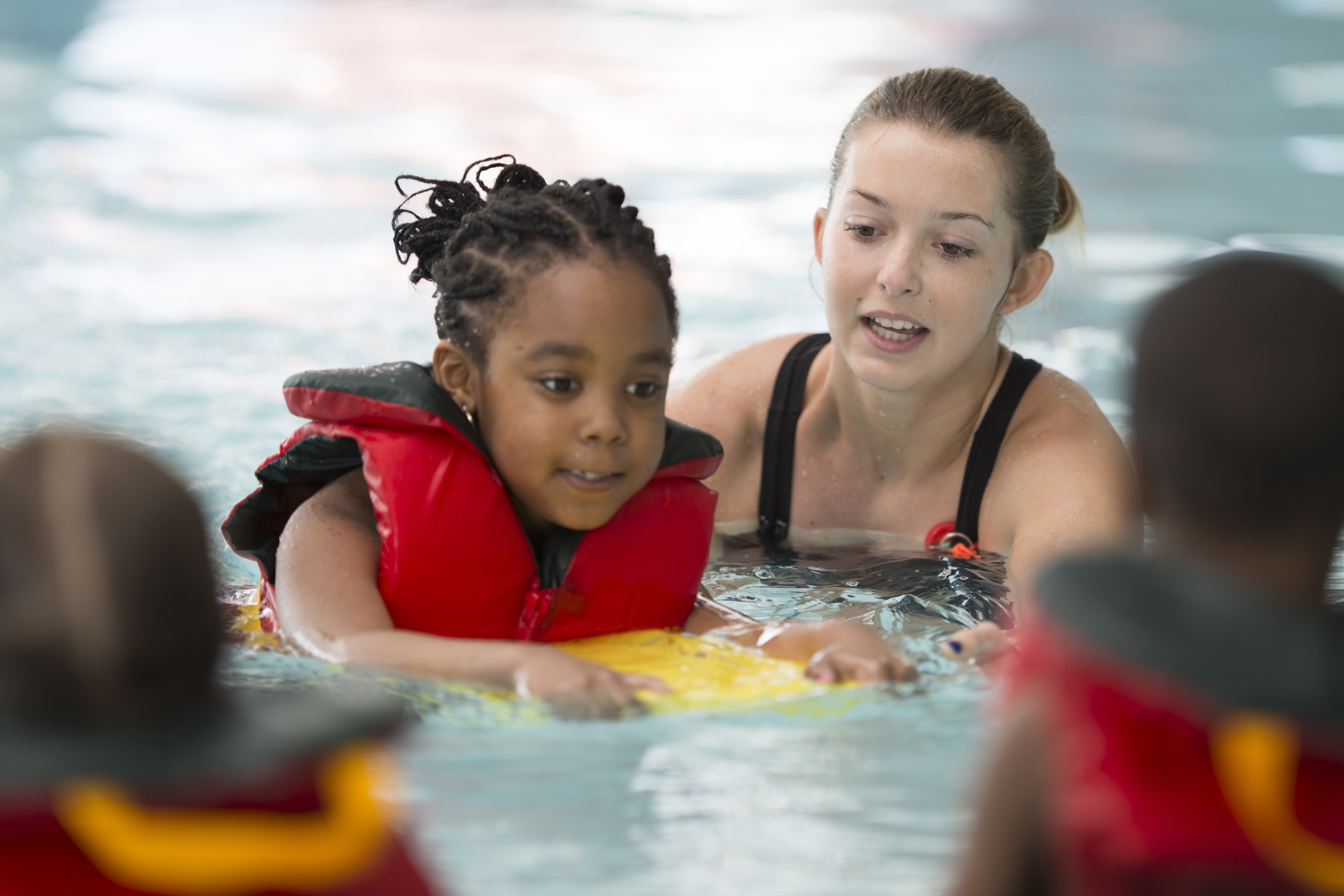
A 2017 national survey revealed that when swimming lessons are offered, they are taken up by over 85 per cent of families, with an average duration of one to four years.
There is still a disparity for families who face significant barriers, particularly from culturally and linguistically diverse (CALD) communities where engagement in formal swimming lessons is lower than for children with parents born in Australia and who speak English at home.
A cultural understanding of the value of learning to swim is pivotal in supporting children to have the opportunity to swim.
There is clear evidence that increased exposure and practice lead to more competent and confident swimming. Most Australian states have subsidies available in the form of vouchers or state-run programs (such as VicSwim) to engage in out-of-school lessons.

Developing swimming capacity at every school
A 2022 survey found that around a quarter of families cited financial pressure as a reason not to continue with externally provided swimming lessons. Barriers of availability of swim schools, proximity to a pool and socio-economic and cultural barriers also contribute to a lack of engagement in lessons.
Schools will develop a swimming program based on what is achievable and prioritised for their own demographic.
The makeup of these programs can vary from an intensive one-day immersion program, a beach excursion, a weekly swim lesson for a term or a two-week daily swimming program.
The options are diverse, and the VCAA (Victorian Curriculum and Assessment Authority) and LSV (Life Saving Victoria) provide various published case studies that illustrate how swimming has been implemented in different schools.
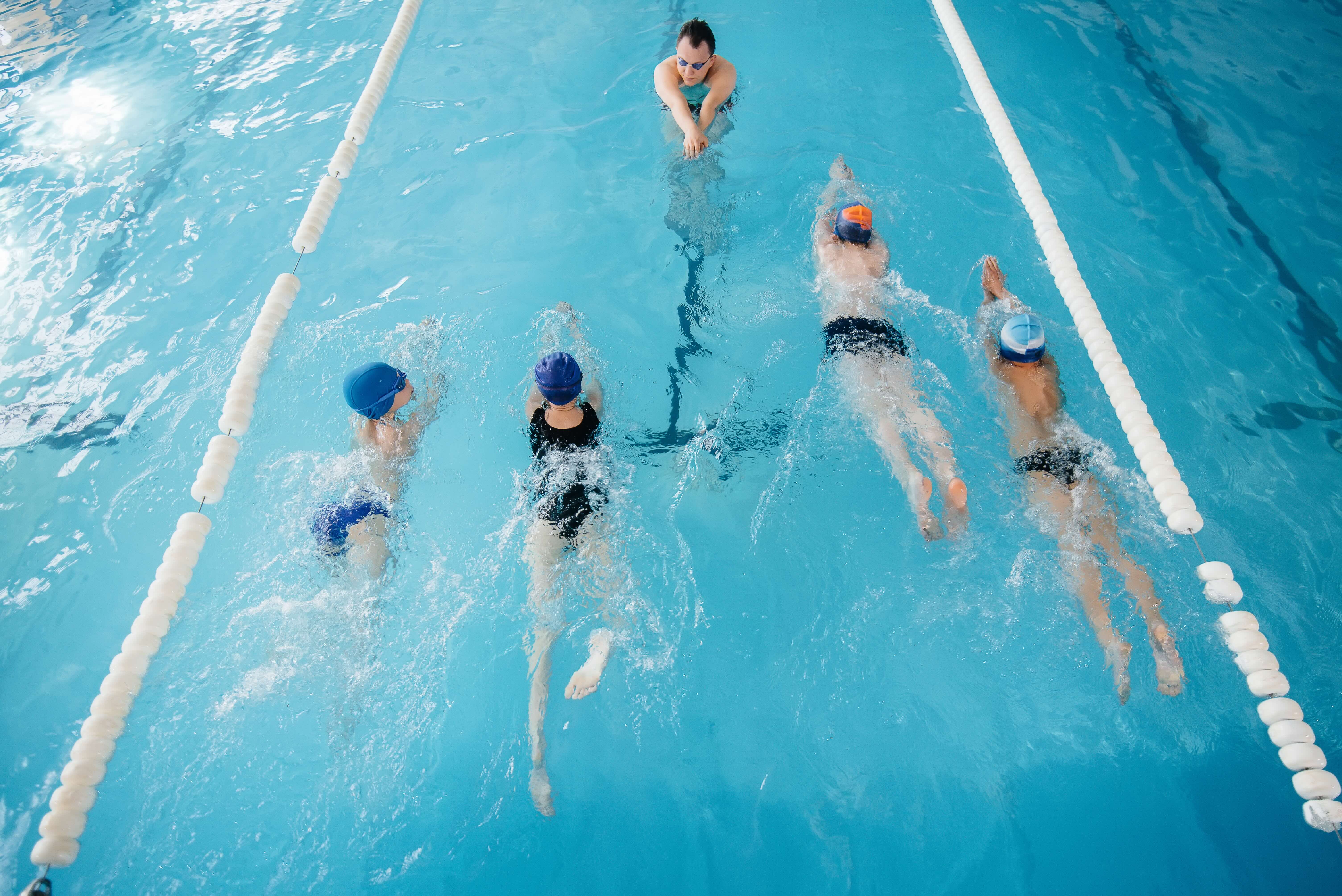
The strengthening of curriculum materials, government mandates for competency and funding for schools all have great potential.
While the objectives of what young people should know and demonstrate in swimming and water safety are well-defined, we still need consistent development of swimming capacity at the individual school level.
Bridging this gap is essential to ensuring every child has the opportunity to acquire these vital life skills.

Royal Life Saving Australia has these tips for keeping children aged 5 to 14 Years safe in the water:
Ensure you actively supervise your child at all times around water
Be prepared to get wet and enter the water
Continue learn-to-swim lessons with qualified instructors
Ensure your children gain supervised experience of different aquatic environments
Encourage teenagers to learn water safety and survival skills by enrolling in a Bronze Medallion course
Make sure you and other adults model safe behaviours around water
Update your CPR skills annually.
